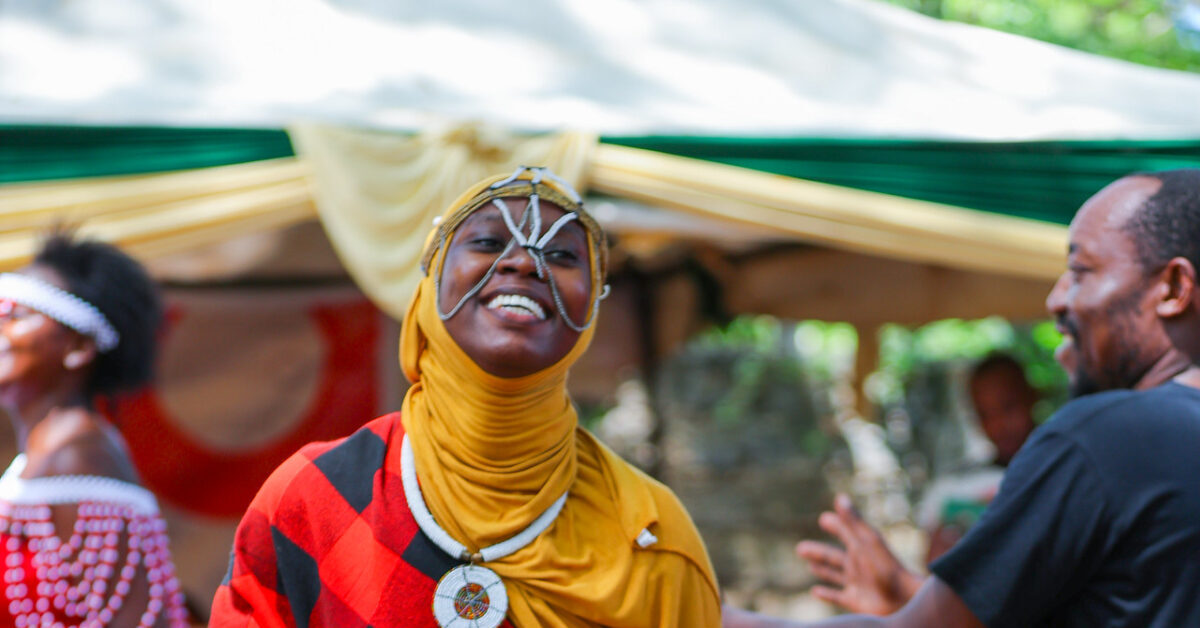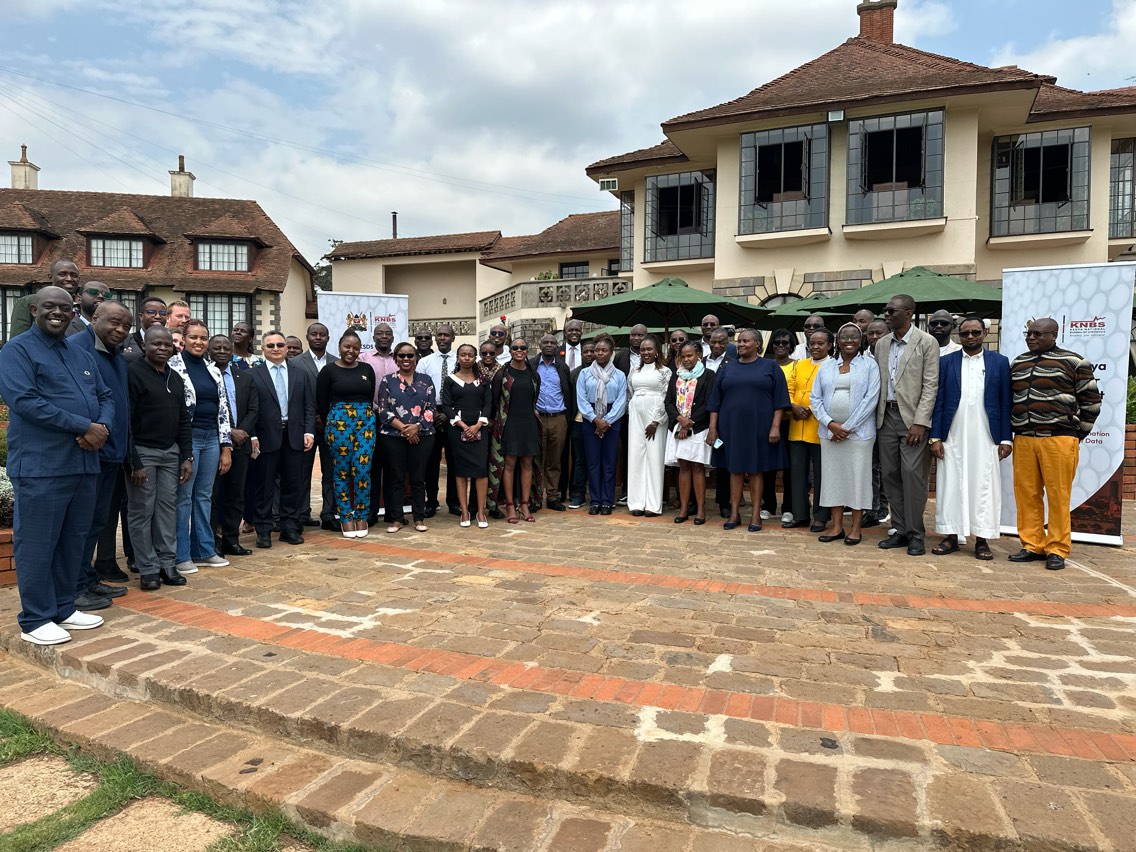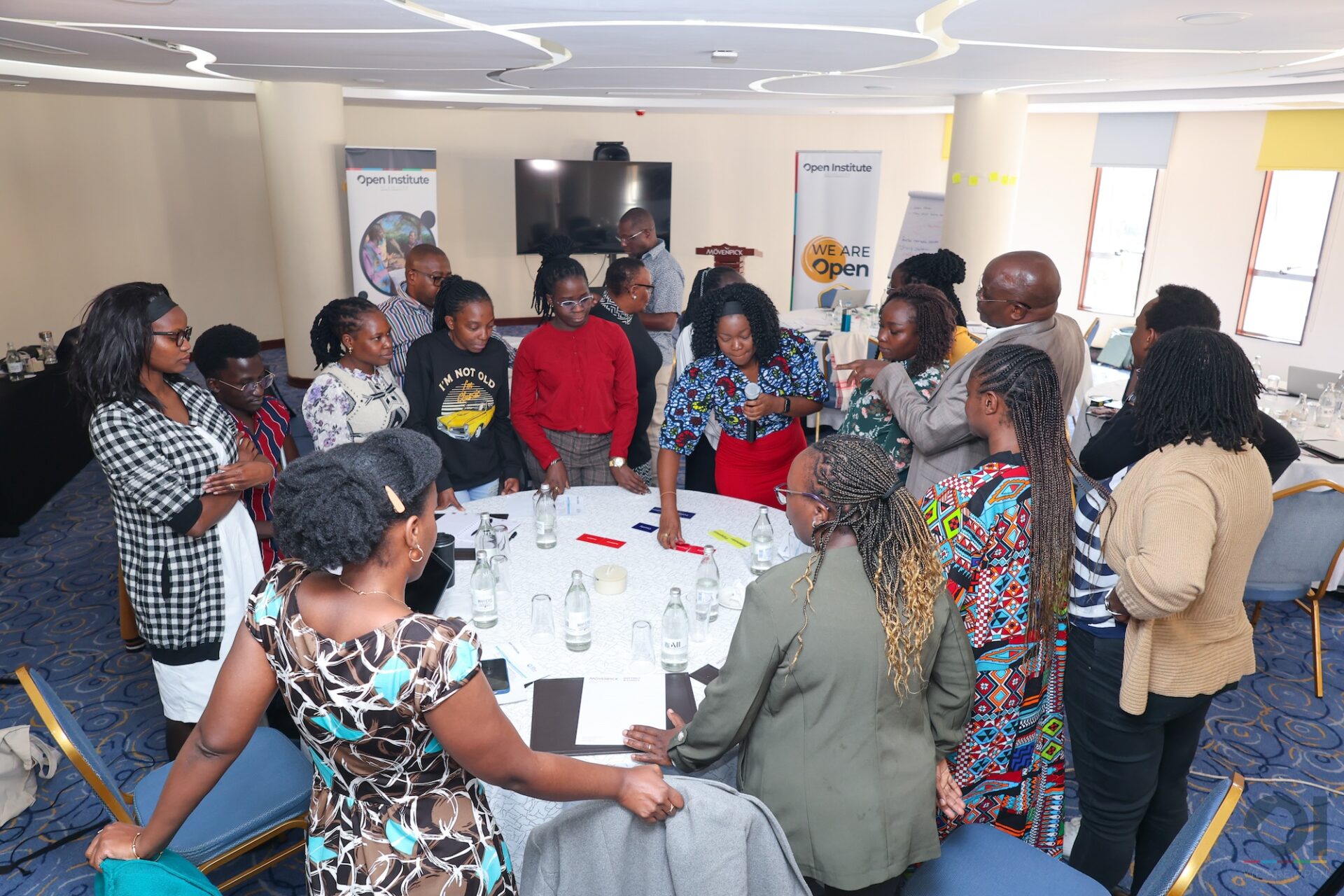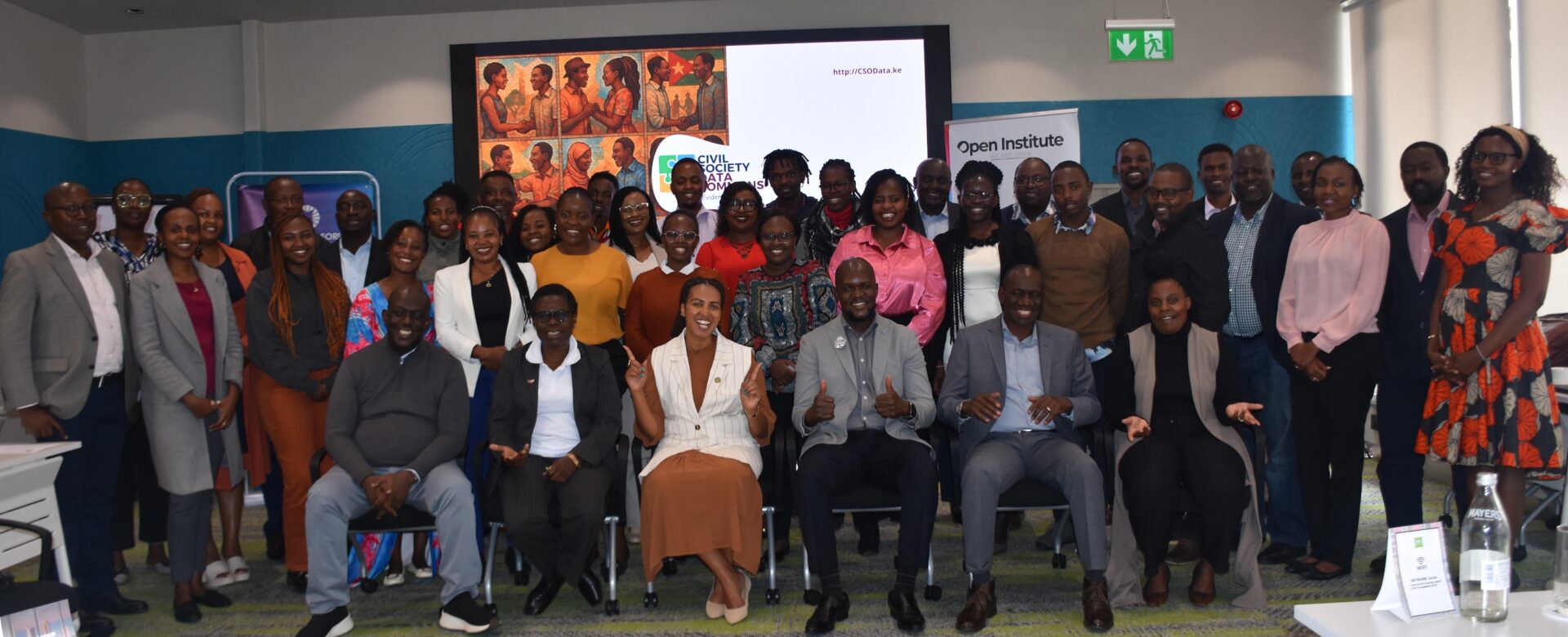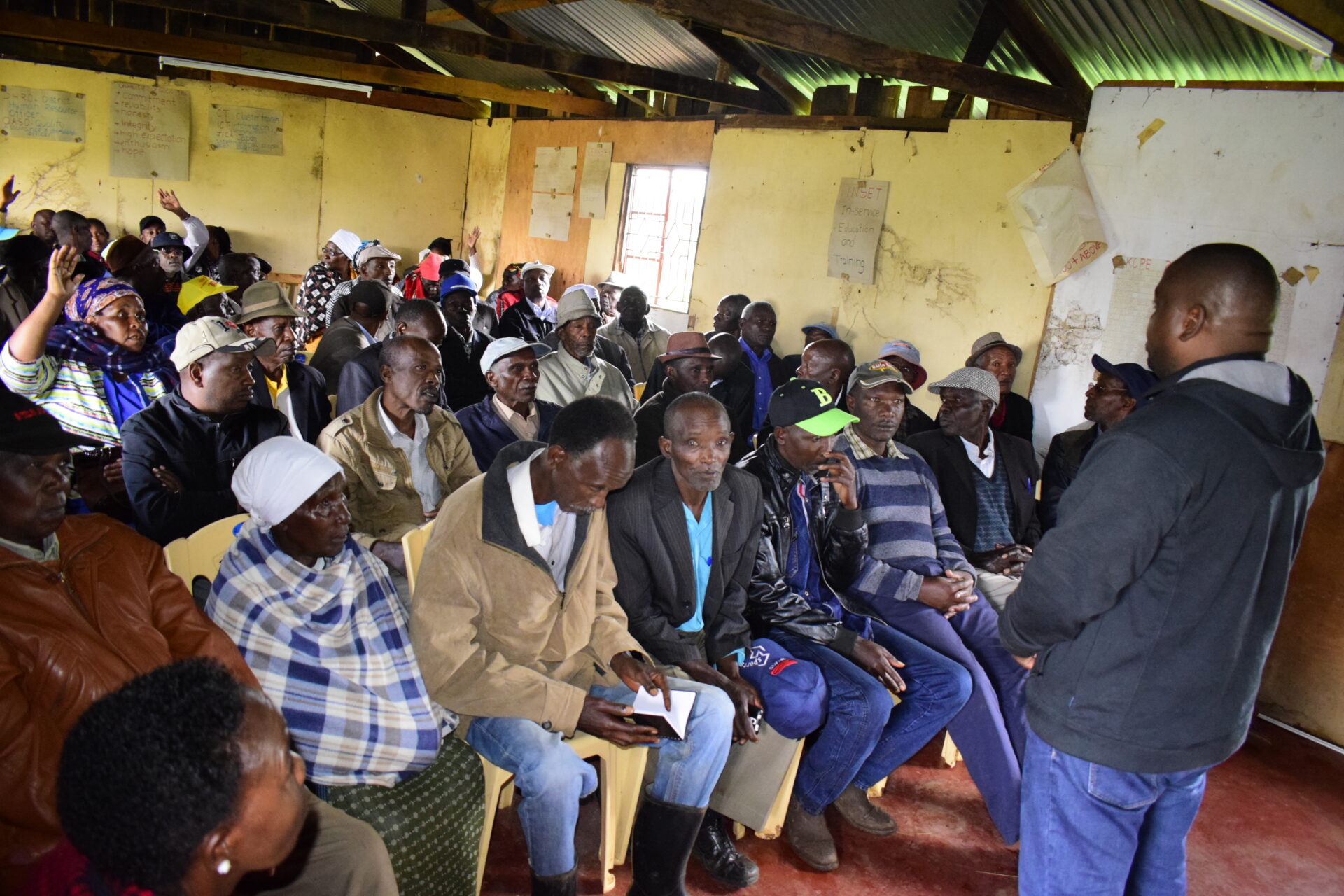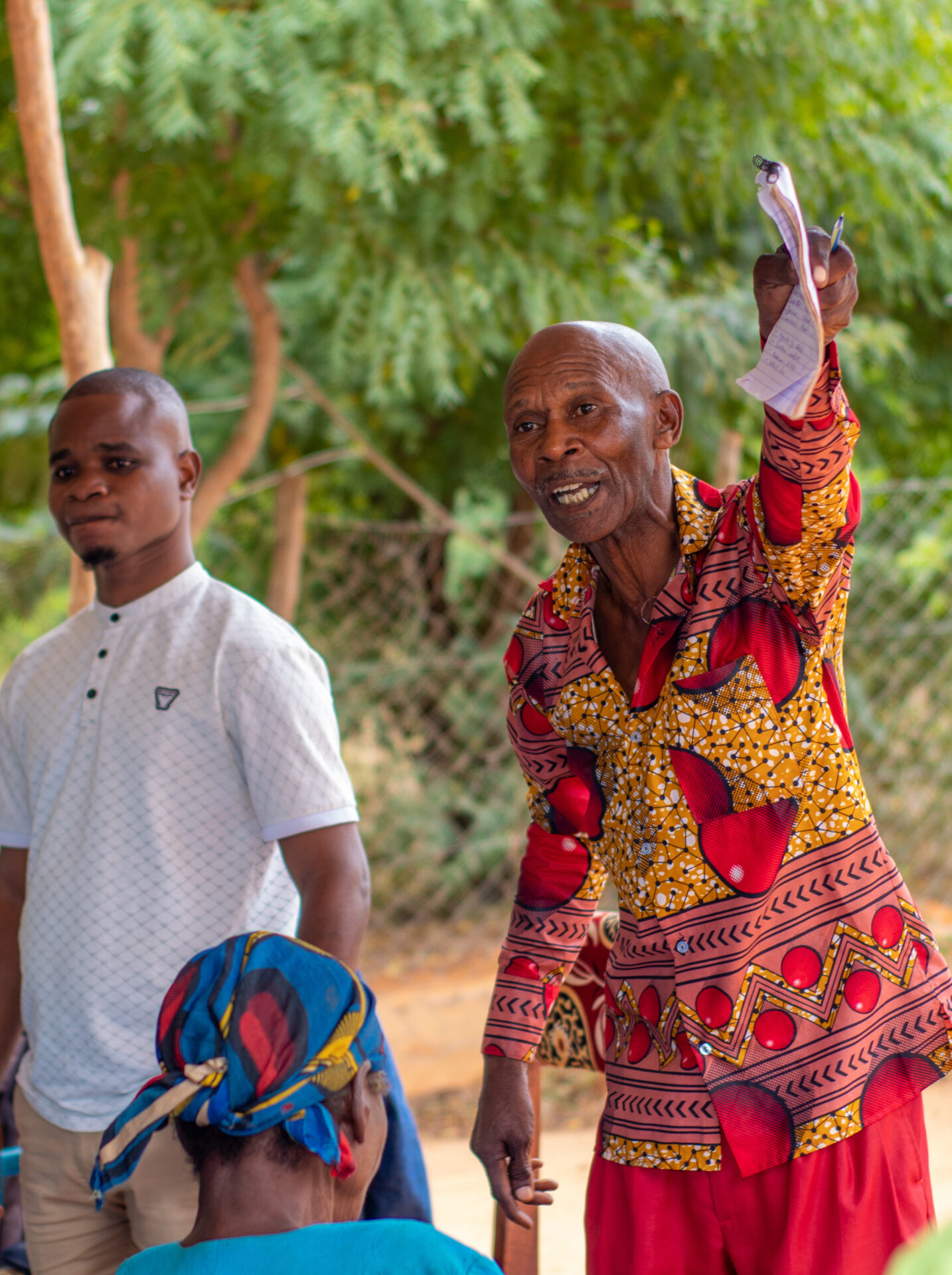Working at the grassroots is so exciting for us. It is there that all the work that we do makes sense. When we talk about Sustainable Development Goals, the concept rarely resonates with the people for whom the programs were intended. There is often a struggle of disseminating these concepts to people at the grassroots – especially in remote rural areas.
Translation
One challenge that we found, working in Lanet, was that of explaining the Sustainable Development Goals in a way that was easy for the local people to understand. We recognised that the language used in the policy level is complicated and often hard to access. We therefore had to work out how to translate the concept of the SDGs into local languages and nuances. In this community, the people were taken through the SDGs and they, upon understanding them, selected five goals of which they targeted to accomplish over the next two years. For them to appreciate the targets and indicators in a way that they can be implemented in their day to day lives, presentations had to be done in their local language.
In Lanet, there are many cases of women who are not allowed culturally to own property like land and livestock and are expected to manage the domestic resources as their men go off to find work. On the other hand SDG No. 5.4, calls for countries to “Recognize and value unpaid care and domestic work through the provision of public services, infrastructure and social protection policies and the promotion of shared responsibility within the household and the family as nationally appropriate.” When we engaged the community on this provision, there was an uproar.
“Is it saying that we should start paying our wives a salary for ironing my shirts?” The men wanted to know.
“Without that ironed shirt, you cannot succeed out there at work, so yes, pay us!” The women rejoined.
This heated discussion took over a third of the programme that we had allocated and we almost didn’t go to lunch!
We recognise that not all communities are the same and the issues that different communities will find challenging will be different. As we move to scale the programme to between four and six other communities, we shall be excited to discover new nuances that we must navigate going as we work to domesticate the SDGs in subnational Kenya.



